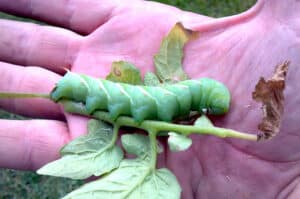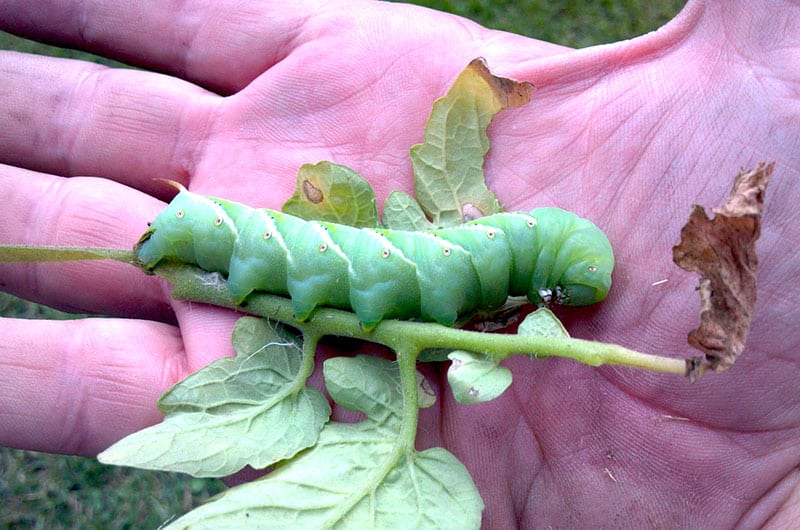by Greyson Keller
As the cool crops bolt,
It’s not business as usual.
Our country is in revolt,
And the harvests are insatiable.
To feed our desire for equality,
We must sow the seeds of change.
To stand in solidarity,
We must have our priorities rearranged.
A garden is no different,
Each plant and person must have needs met.
It’s up to us to set the precedent,
To be our neighbor’s advocate.
There are seasons in the garden
And there are seasons in the state.
Let this be the spring of burden,
And watch brutality asphyxiate.
The root is so deep,
And there is no quick antidote,
We do not bleat like sheep,
We create change with our vote.
Late June is a time to look to the future. As you’re collecting your last harvests of radish, lettuce, and spinach, think about what you’d like to be harvesting in late summer or early autumn. Think about what you need to do to make those goals a reality. As you harvest, you’re creating new space. That space can be used to direct sow just about anything. This is a time of change and you have the power to be a part of it. There is still enough time to sow beets or carrots, maybe a second round of arugula or lettuce. In my own garden, I just laid the seed of a few parsnips. They like to stay moist until they germinate so I’ll be out there every night, clearing my head and watering the garden. The key to harvesting for as long of a season as possible is succession planting.
Succession planting is when you plant multiple plants in the same area or stagger your plantings. When one crop finishes, you pull it up and plant the next. You’ll need to know how long each plant needs to reach maturity. For instance, In the spring, you can plant carrots in your garden. After roughly 70 days, you can harvest them and plant your tomatoes. Look for a variety that will harvest in the 80 day range, that way, when they’re done cropping, you still have plenty of time to plant a final round of beets. That gives you three full harvests from one raised bed in one season.
When you plant in succession, you should consider what you just planted in that area. If it was something in the brassica family, like broccoli, kale, or radish, you’ll want to change it up and plant something from a different genus, like the umbelliferae or solanaceae family. In layman terms, that means, follow your kale or cabbage with carrots or tomatoes. Crop rotation is important because it’s an organic way of fighting the good fight against pests and disease. The thought is, pests that like a certain genus of vegetable don’t have a good chance to take hold and establish themselves in the soil because you continue to change things up and move the goalposts.

One pest in particular to look out for this time of year is the Tomato Hornworm. They are entirely green and actually not a worm at all. They’re a large caterpillar and as their name would suggest, they love to eat tomatoes. The truth is, they love to eat many of your prized vegetables. Potatoes, eggplants, and peppers are all in danger of being devoured by these fabled beasts. The best way to prevent much damage is to simply look, find, and dispatch them. There is a situation, however, where you won’t want to remove them. If you look closely and see white spikes protruding from their bodies, you’ll want to let those live. Those white spikes are actually wasp larvae. This sounds gross, but the wasp larvae will feed on the Hornworms’ innards and grow until eventually they emerge and kill the host. The wasp will then patrol your garden and eat any other Hornworms in sight. A good way to attract these wasps into your garden is to plant Parsley or Dill and to have a birdbath or some kind of water feature nearby. The wasps enjoy the nectar of the Parsley and Dill while also enjoying a little downtime, with their feet up, relaxing in the birdbath, digesting Tomato Hornworm. This is just the kind of murder wasp a garden needs.
Now that we’ve all decided to plant in succession, let’s put together a plan. As I noted above, I just planted a couple of parsnips. They are following the arugula which was abundant this spring. The variety of parsnip I just planted needs 120 days to maturity. In that space, I’ll only get two harvests this season.
I still want to elongate my growing season though. So I took matters into my own hands. In my garden, there is a plot of opportunity. We recently took a trip to the dump and unloaded an old, unloved grill. It had been occupying the gardener’s equivalent of 57th Street in New York. It is a south facing wall with plenty of drainage and fertile soil. It sits in line with a row of lavender, divided by my large terra cotta pots filled with several different varieties of tomatoes and basil. It has a very Italian Mediterranean feel that I enjoy. As much as I want to load it with more sun worshippers, I know that to prolong my growing season, I should utilize another tried and true method of extending the season. I’ll build a cold frame. A cold frame is a little framed box with no bottom and a lid made of glass. Essentially a mini greenhouse. In August, I can sow some more cold weather crops and harvest right into December. I could also simply put my herb pots inside and have a much greater chance of getting them to survive winter successfully.
The year 2020 has delivered many challenges. Everything from the Japanese Murder Wasps to the pandemic and protests. There is a shift. Not only in congress and country, but in the fabric of our fields. Our cool crops wain and our spring begins to yield. Tomatoes seem to double in size and the zucchini is about to bloom. Pole beans are on the trellis and the herbs are on our spoon.
During these next few weeks, it is important to stay on top of the little things. All the small steps taken today, can lead to a greater harvest tomorrow. Making sure to train new growth, remove side shoots on your tomatoes, watch for pests and watch the weather. Continue to weed and reduce root competition. The object is to be in the garden so you can mitigate any issue that may arise. Being in the garden will also help you clear your thoughts and focus. I like to think that there is no better therapy than weeding your beds. Once you’ve spent an hour outside, in the sun and salt, you’ll feel refreshed and mentally ready for whatever lies on the road ahead.



